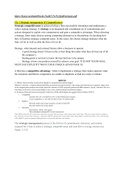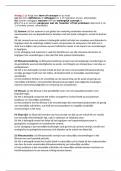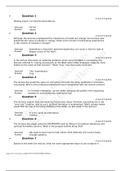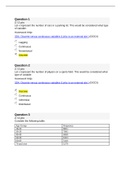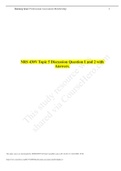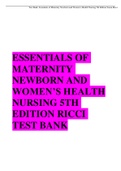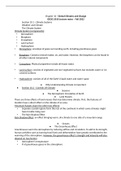Class notes
Class notes Strategic Management (MGCR-423)
- Course
- Institution
This PDF includes the understanding of how organisations exploit resources and capabilities to gain a competitive advantage in dynamic, modern sectors. Long-term corporate performance and positive social and ecological effects require strategic positioning, organisational design, and managerial act...
[Show more]
